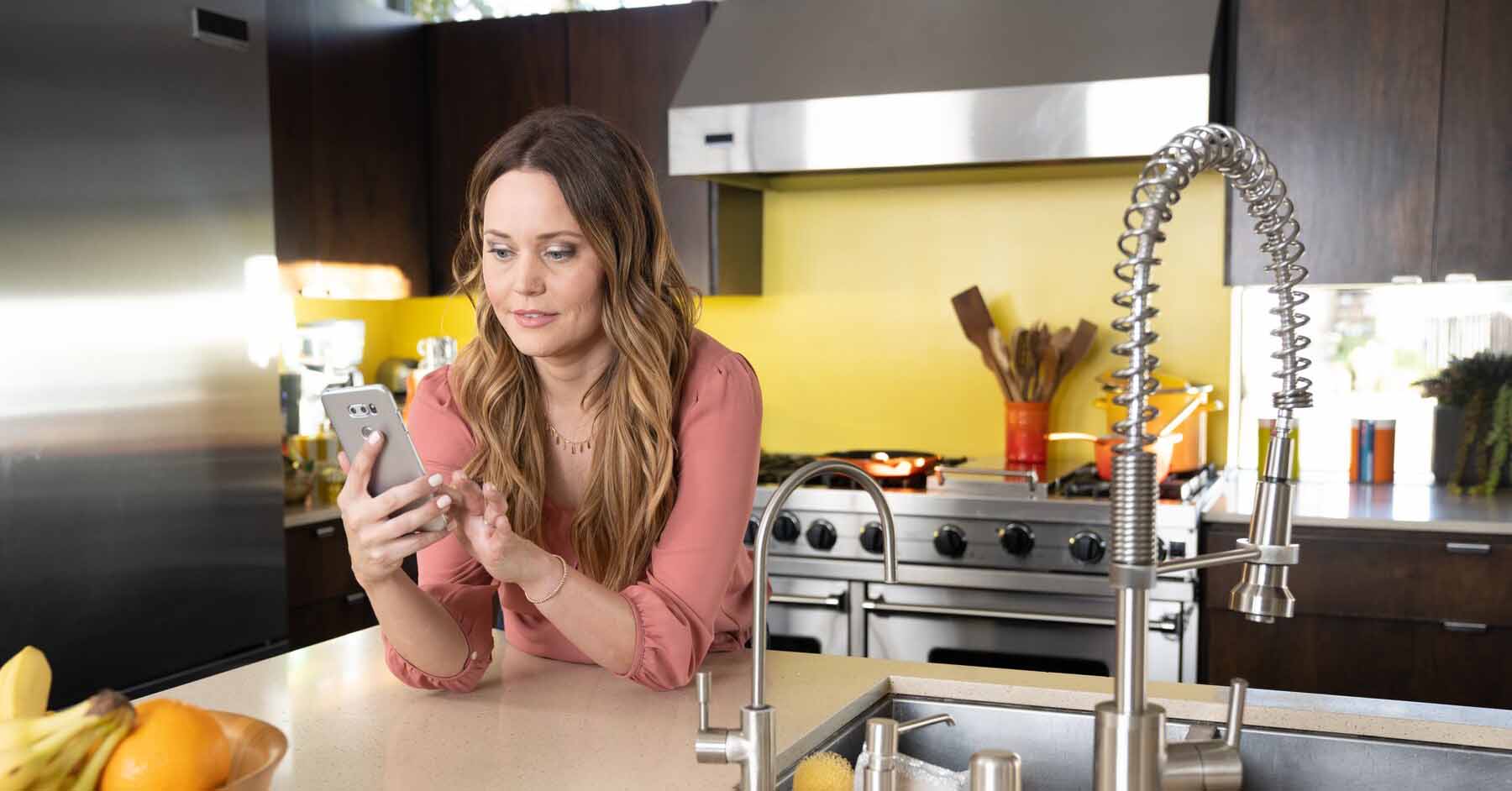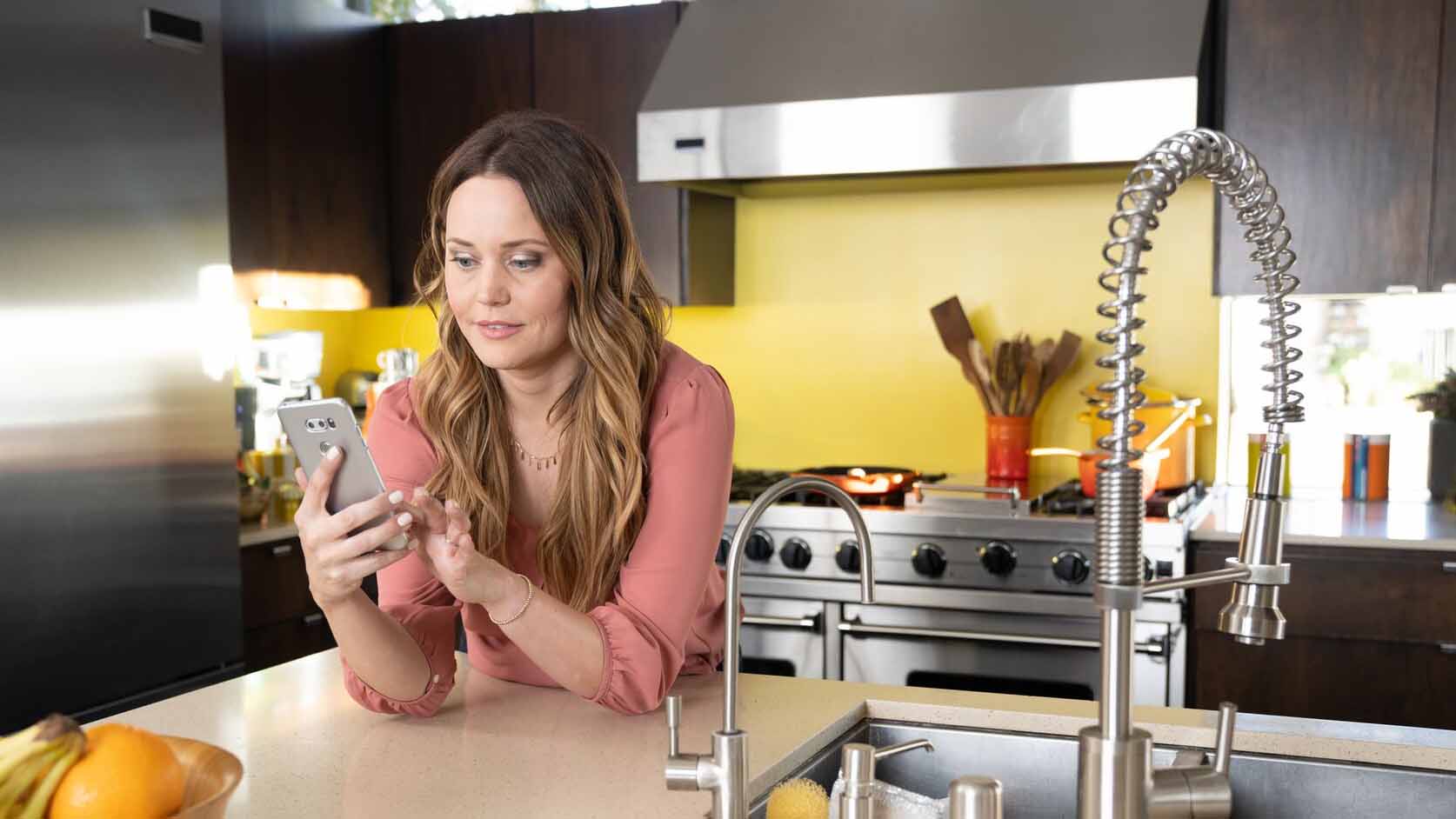7 realistic ways to limit your screen time


While electronic devices and apps are great tools for tracking diet and wellness, too much screen use might cause a host of other problems, from anxiety and depression to traffic accidents and even online addiction. “Most people have no idea how much time they’re spending online,” says David Greenfield, PhD, an assistant clinical professor of psychiatry at the University of Connecticut School of Medicine and the founder of the Center for Internet and Technology Addiction. “The goal is to create mindful technology use.”
Read on to learn how to limit your screen time.
1. Turn off all notifications.
Research has found that social media usage releases dopamine into our brains and may elevate cortisol, leading to a compulsive pattern of use, similar to other addictions.
“Reducing the number of notifications you have will decrease the likelihood that you will anticipate a reward. That’s what elevates those dopamine levels,” explains Dr. Greenfield, who is also the author of Virtual Addiction.
2. Focus on digital nutrition.
Limit yourself to sites that add value to your life, says Kimberly Young, PsyD, a psychologist and founder of the Center for Internet Addiction in St. Bonaventure, New York. “When it comes to screen addiction, it is not about the volume of time but the quality of what we’re doing. I call it digital nutrition,” says Dr. Young. “It is very much like food—and making healthier choices about our screen use.”
3. Avoid combining screen time with food or meals.
Research has shown a positive correlation between the increase in digital technology use over the past 20 years and an increase in the average weight of people under 30. “One of the things we know is that the more screen time you use, the more you’re going to weigh,” says Dr. Greenfield. “That doesn’t mean that the screen is causing your weight gain. What’s causing your weight gain is the increase in sedentary behaviour and the increase of unconscious eating because you’re distracted. So those two key features are happening simultaneously.”
To avoid this unhealthy combo, never put electronic devices on the table when you eat. “Separate normal social interaction and self-care without the technology,” says Dr. Greenfield. When you go out to dinner, Dr. Young even suggests leaving your smartphone at home, if you are able. (We understand if you need to be available to babysitters.)
4. Go on a digital fast.
To put your real life and relationships back in focus, Dr. Young suggests doing a 48-hour digital detox. “You need to disconnect in order to reconnect,” she says. “We need to decompress from our devices.”
5. Never mix screens with sleep.
The blue light emitted from electronic devices disrupts sleep by suppressing melatonin levels, a hormone that triggers the body’s sleep cycle. And poor sleep can lead to a variety of health problems, such as depression, diabetes, and heart disease. Research has found that turning off devices at least two hours prior to bedtime allows the body to produce normal melatonin levels to achieve a restful night’s sleep.
“Do not sleep with your smartphone next to your bed or under your pillow. Leave it charging in another room,” suggests Dr. Greenfield.
6. Monitor your digital time.
Just as you restrict calories to reduce weight, restrict the number of hours you spend online to reduce your screen time dependency, says Dr. Young, who discusses going on a “digital diet” in her popular TEDx talk.
To eliminate the compulsion to check your devices, set specific times during the day to check email and social media, says Dr. Greenfield. “What happens is that people lose track of time when they’re on their devices, and they’ll compulsively check them over and over because the dynamic is changeable.”
Use something like an app that times you, or write down when you start and stop. “It’s not unlike writing down what you eat,” says Dr. Greenfield. “What we’re trying to do is create a digital diet, so you don’t spend excessive amounts of time, just as you don’t want to consume excessive calories.”
7. Test yourself.
To determine if you’re addicted to digital technology, fill out Dr. Young’s eight-item questionnaire at NetAddiction.com. Meeting five or more of the criteria means you’re addicted, and you’ll need professional help to overcome it.
